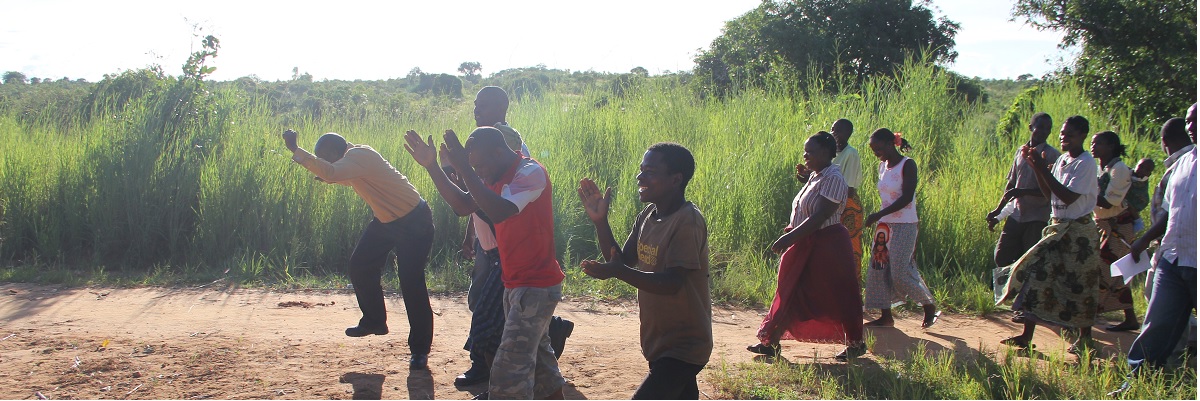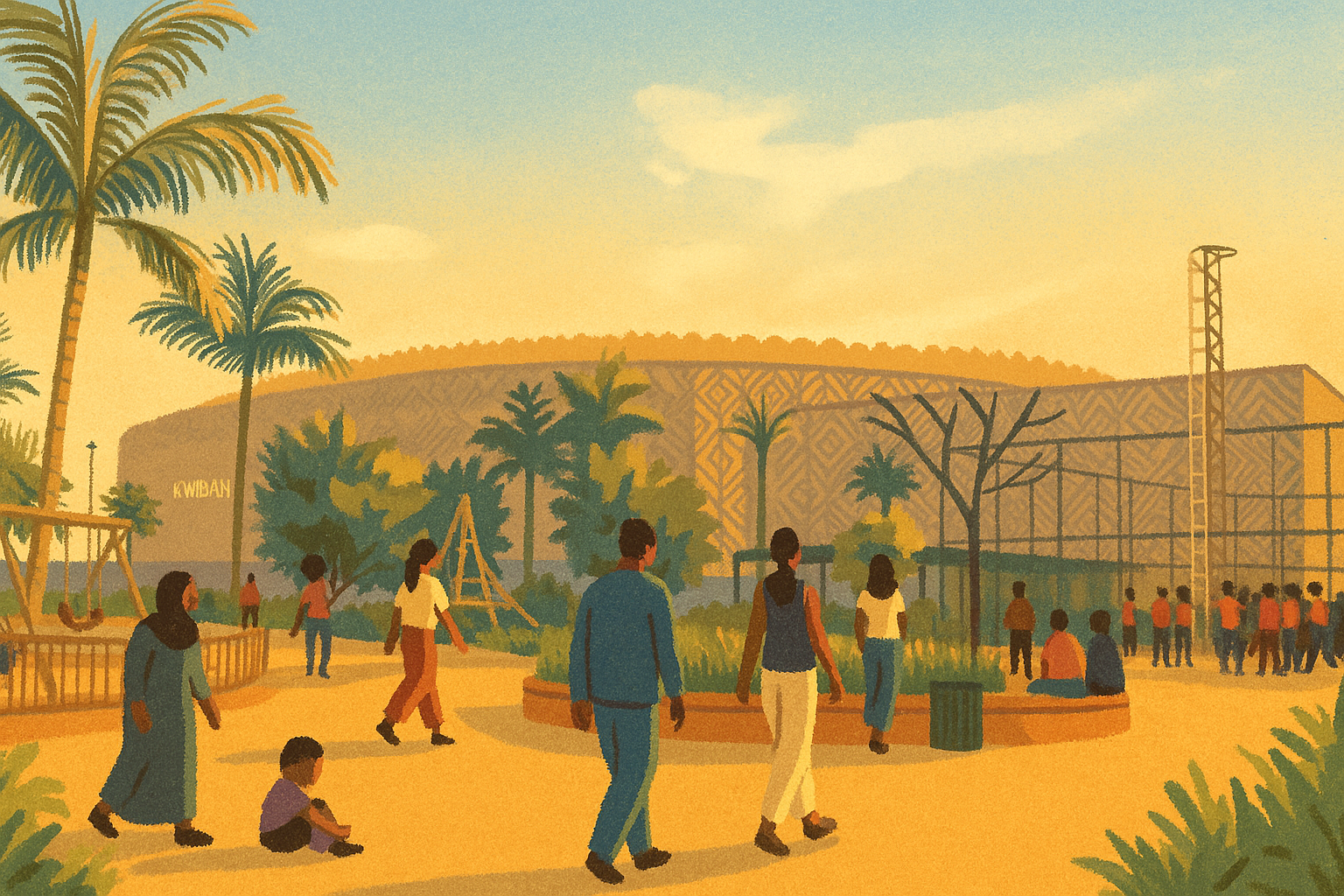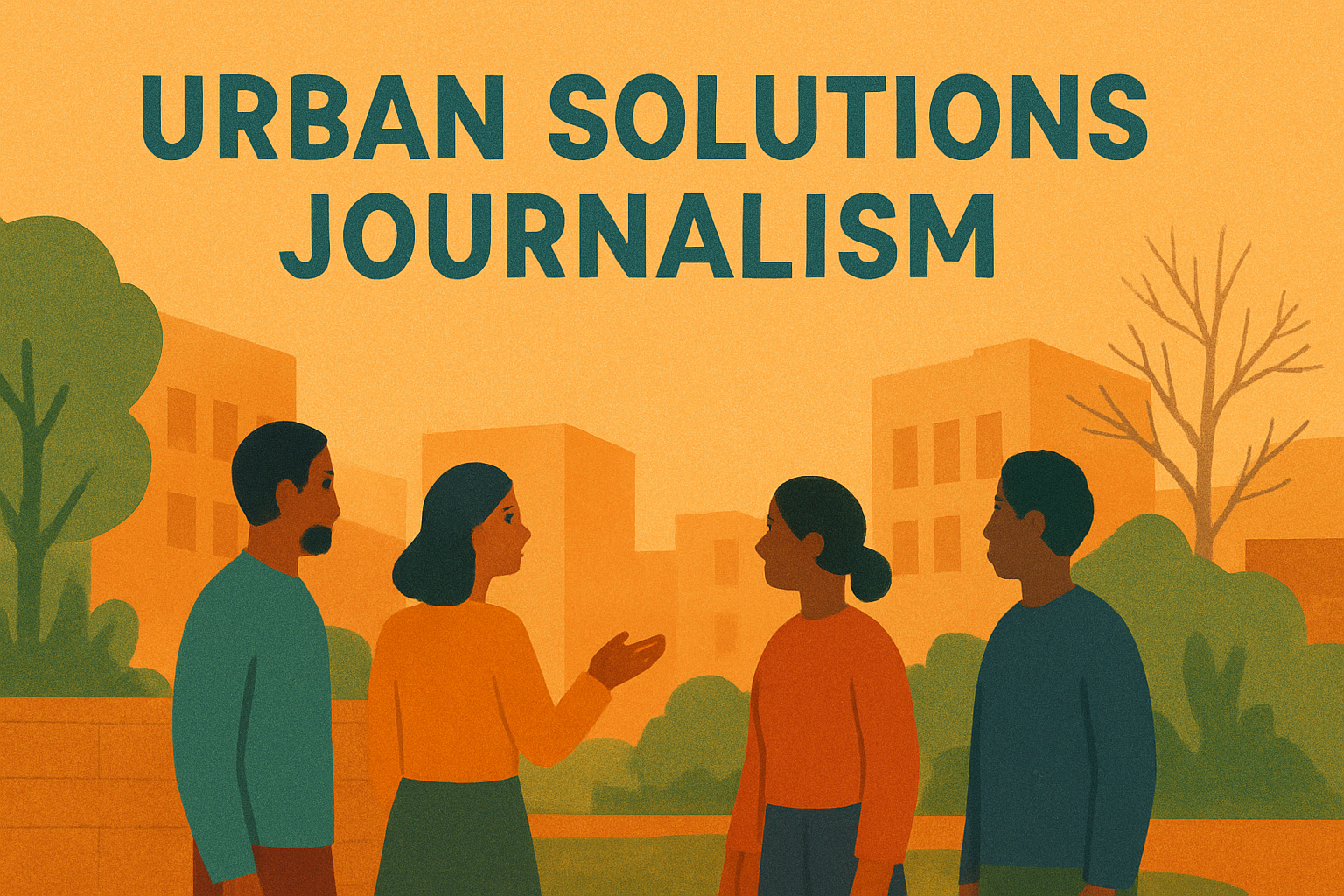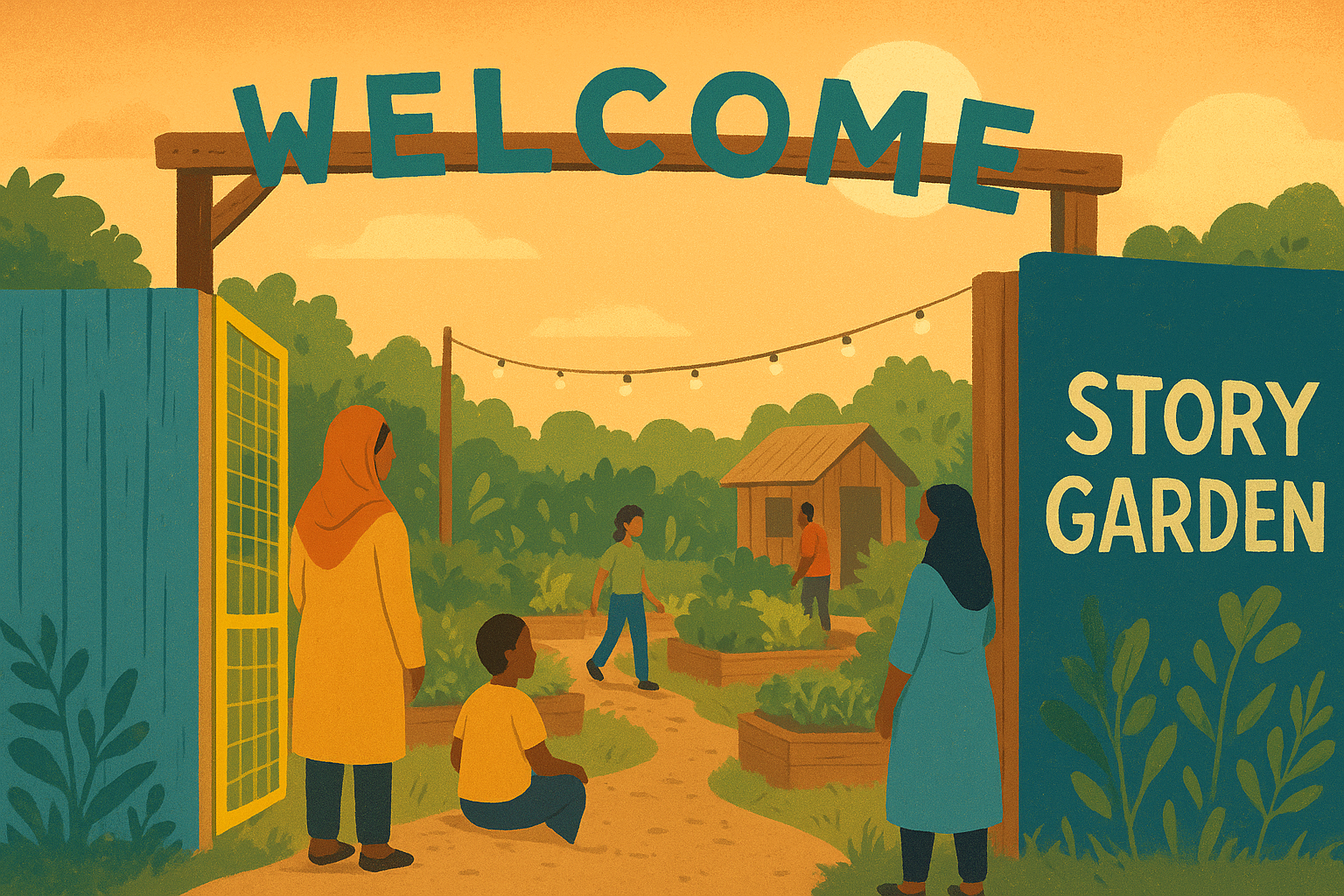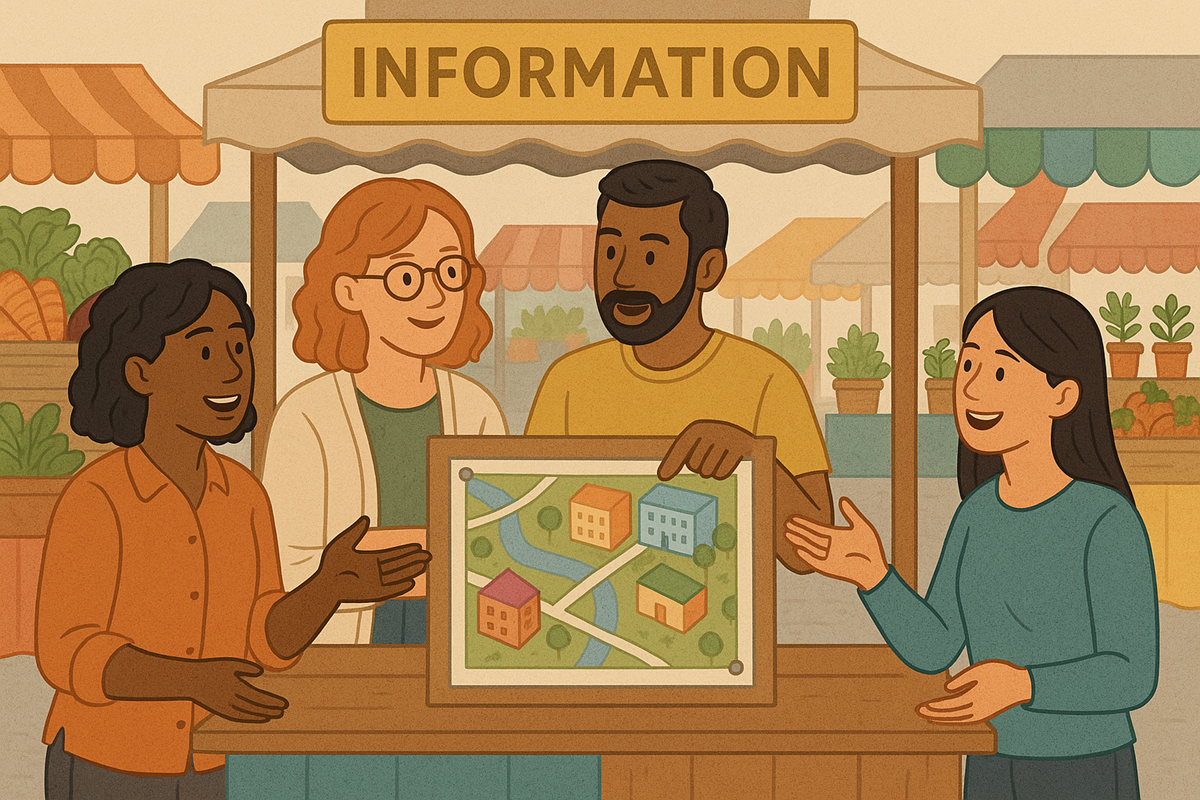This is the first part of parCitypatory’s new series on participatory methods in urban planning. Some of these methods have their roots in rural development but are now being applied to urban contexts as well. The development expert Robert Chambers has significantly contributed to participation becoming a staple in community planning processes. Many of these methods were developed or inspired by him. One of his main ideas is using the knowledge that already exists within a community. These participatory techniques serve to identify problems, opportunities and existing solutions in close cooperation with a community.
The series will introduce the following techniques:
-
transect walks
-
ranking and rating
-
and more…
Please get in touch if you would like to contribute some experiences in participatory methods or have ideas on what else to include!
Transect walks
Transect walks are a participatory exercise, where members of the community, planners and other municipality representatives walk through different areas of the neighbourhood, interviewing passers-by and drawing a map with observations of characteristics, risks and existing solutions after the walk. These walks are typically applied in villages for health and sanitation planning, but are increasingly used in urban settings. They are particularly useful for urban planners who come into a community for the first time, because they will not only show you a transect of the neighbourhood, but also establish immediate contact between you and neighbours. You will quickly get to the bottom of the topics that move the community.
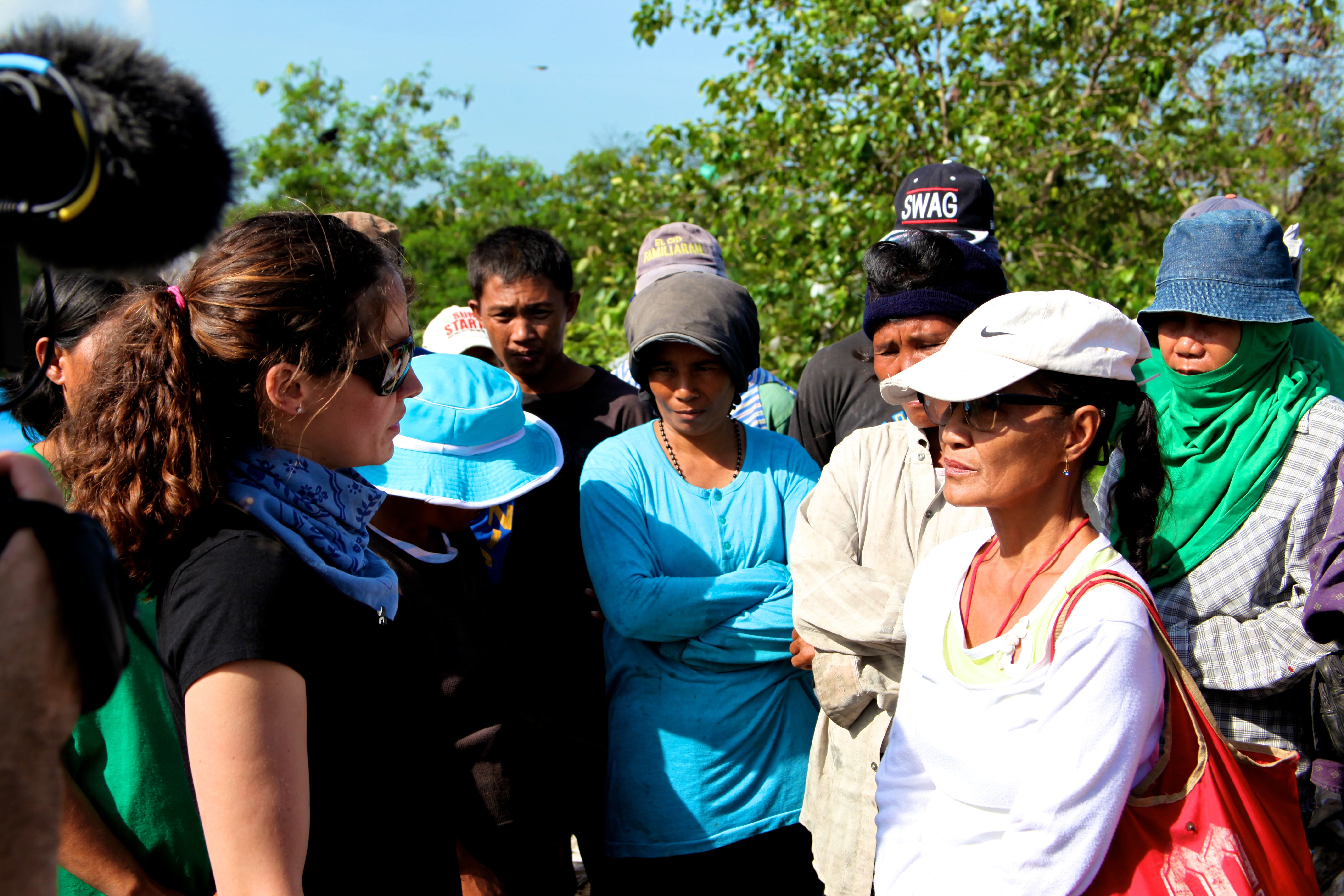
There are many benefits to transect walks:
They are one of the most participatory methods (according to Robert Chambers, 1997). They change the perspective of the researcher, who acts only as an observant. Researchers or development experts often have very limited knowledge of local practices and customs. The walk ideally results in a mutual interchange of knowledge between researchers and locals. The very visual focus of the exercise inspires a deep understanding of different concerns. Finding a common language during the walk is one of the most valuable aspect of this method. Transect walks can involve everyone, including residents with limited English and business owners lacking the time to attend community meetings. Experts require a successful participatory technique to be simple, practical and flexible as well as under shared control. Transect walks fulfil all of these requirements.
Despite its simplicity, the method holds some problems. As in so many participatory processes, it might be challenging to find representatives from all parts of a community. Depending on the time of the day, the season and events like school holidays, the transect walk only shows a very specific time and situation. Based on my own experience, I learned that ethical issues like how to guarantee the safety of participants can arise. Community members want external experts to have a good impression of their neighbourhood and might hide some of its uglier sides. There can be a bias in interviews of neighbours. Another method-related criticism is the lack of exchange between different groups. It would be interesting to let several groups do the same transect walk and compare their experience.
Additionally, a transect walk requires time, willingness and motivation. Therefore, it is not adequate for the solution of pressing problems. At the same time, the challenge is to sustain the initial dynamics and maybe even euphoria generated by the transect walk. How can continuity be assured? Here, it is important to use community mapping before and after the walk and draw conclusions from the maps. The results must be made accessible to the community. However, there is still not enough experience on how to properly interpret these maps and other data from the transect walk and translate them into action. Considering participatory urban design, transect walks don’t necessarily help in finding design suggestions. Walking observations with a local guide or “shadowing” the locals might be more illuminative, but not very participatory.
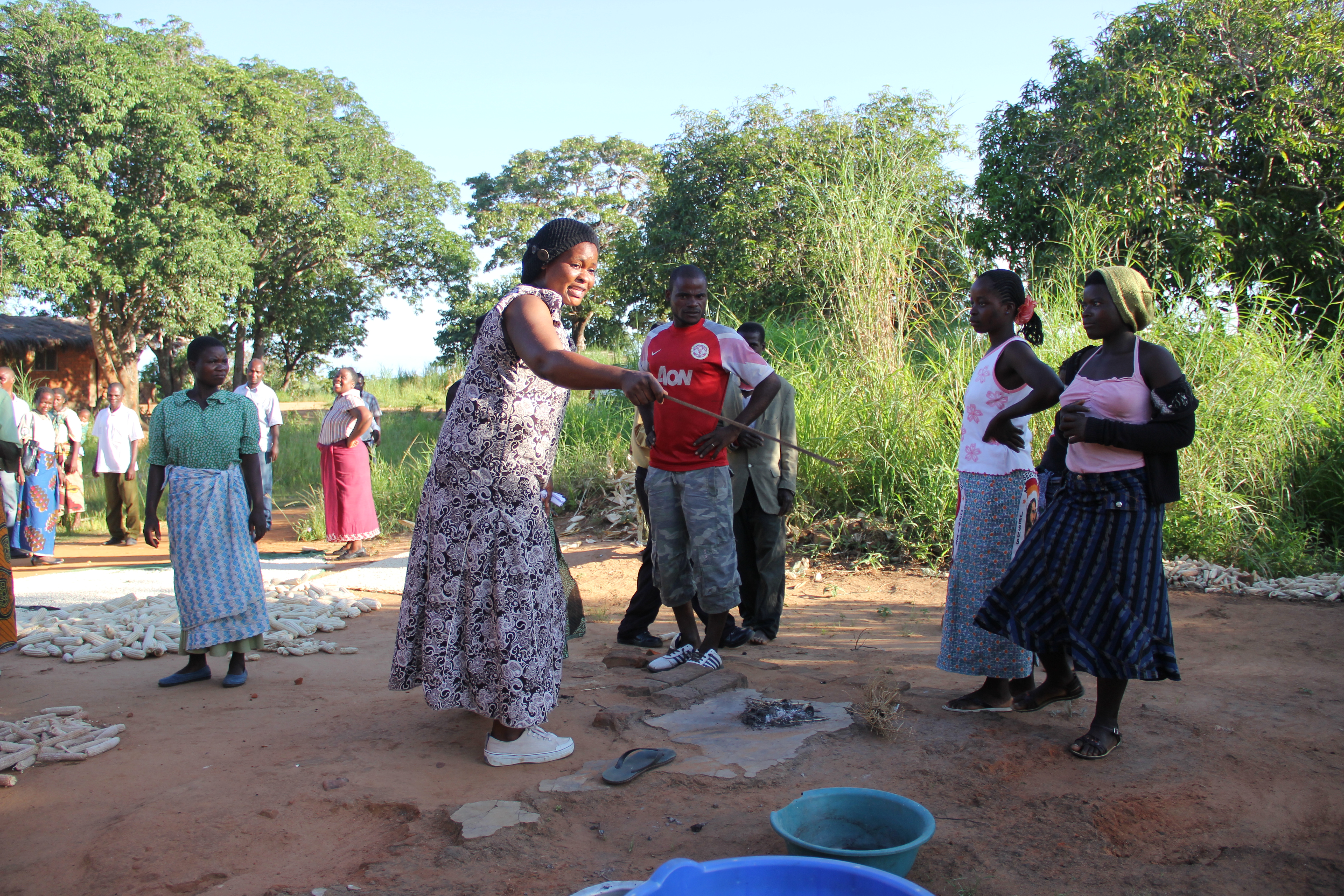
Transect walks are often used in the methods of “Total Sanitation”, which involves a walk to make people aware of the hygienic consequences of their sanitation habits. If you follow the link in the caption, you can see a great series of pictures detailing the process. However, there are some ethical concerns, because this method can shame people a lot. At the same time, it is a great way of getting the perspectives of women and children as well.
Overall, transect walks are a simple, flexible and very participatory method than can be used as part of a bundle of measures in community planning. They are often a good entry point when starting a project in a neighbourhood, keeping in mind that they only show a limited snapshot of local realities. The walks must be complemented by other methods like problem-prioritising and translation into action plans. The cooperation of the local municipality must be secured in order to implement results from the transect walk and subsequent mapping. One of the next articles in this series will be about mapping, so stay tuned!
Read more:
Chambers, R. (1997), Whose reality counts? Putting the first last. Intermediate Technology Publications.
Hamdi, N.; Goethert, R. (1996), Action planning for cities: a guide to community practice, Chichester: Wiley, pp.61-181.
Juarez, J. A.; Brown, K. D. (2008), “Extracting or Empowering? A Critique of Participatory Methods for Marginalized Populations”, Landscape Journal, 27 (2), pp. 190-204.
Kanstrup, AM; Bertelsen, P; Madsen, J. (2014), “Design with the feet: Walking methods and participatory design”, Proceedings of the 13th Participatory Design Conference in Windhoek, Namibia: Research Papers – Volume 1, pp. 51-60.
Mahiri, I. (1998), “Comparing transect walks with experts and local people”, IIED, London.
Header Copyright: Singo and the villagers make the transect walk by ACCOUNT via flickr, CC BY 2.0

